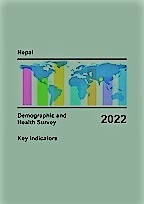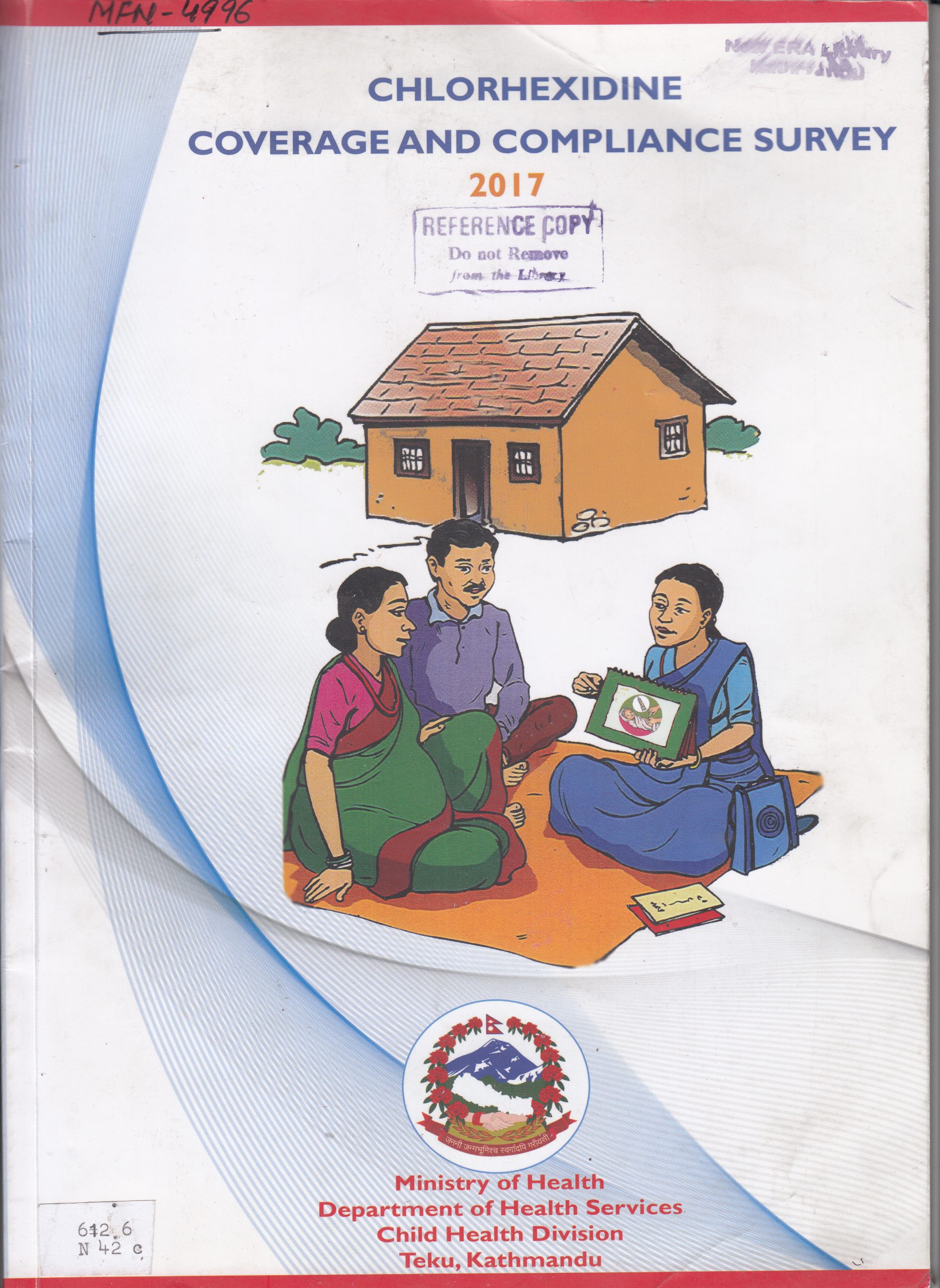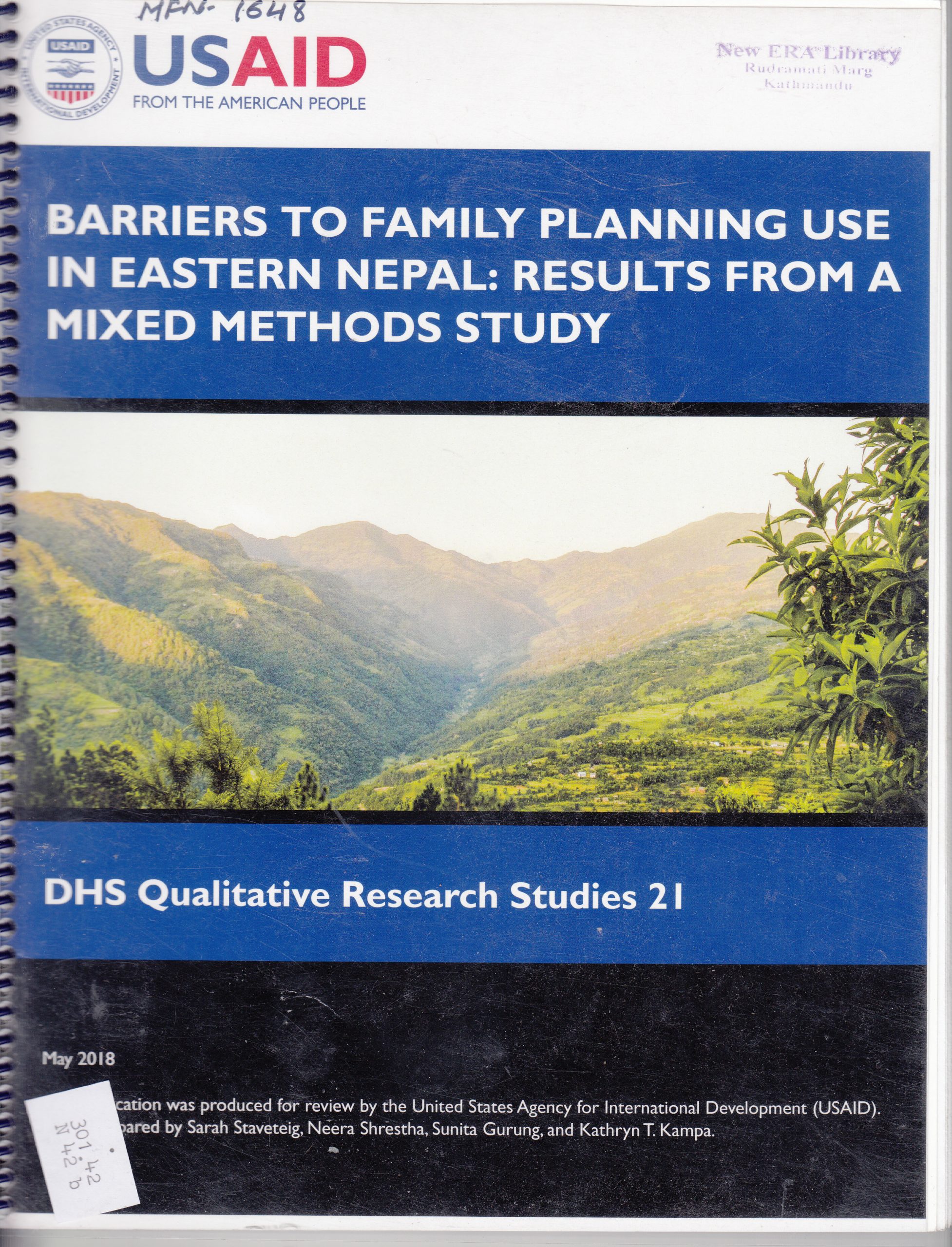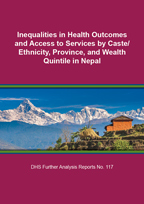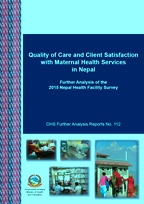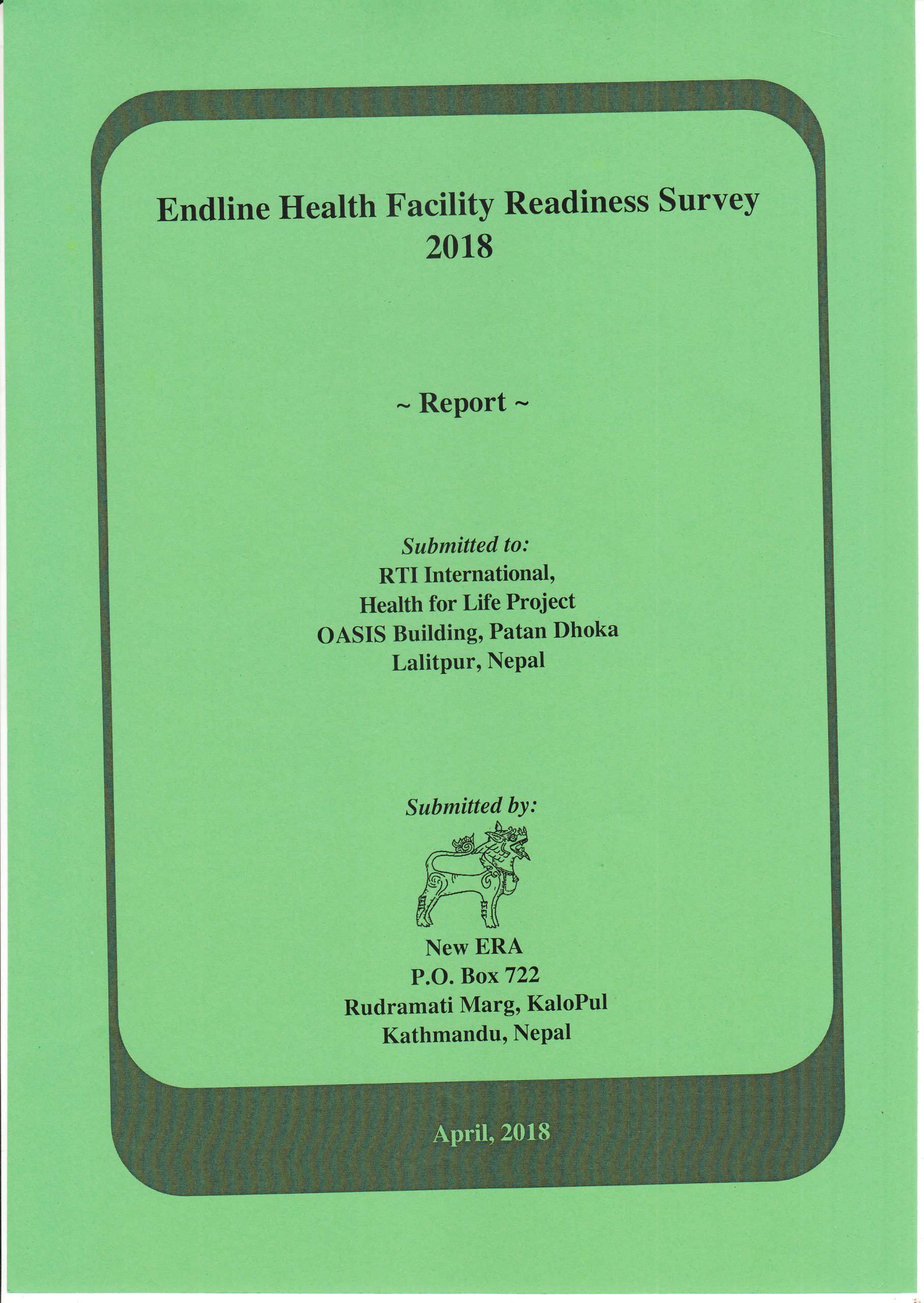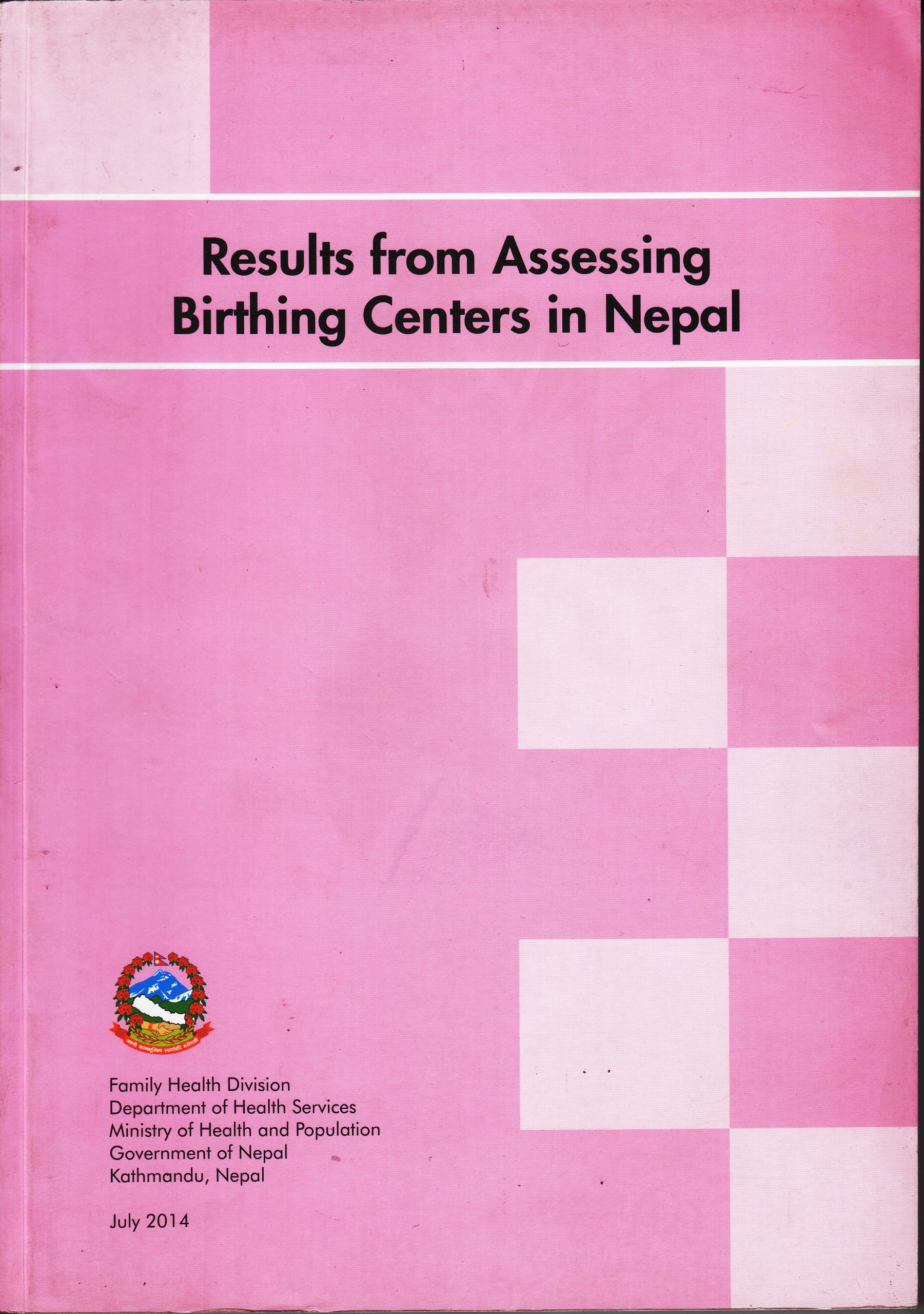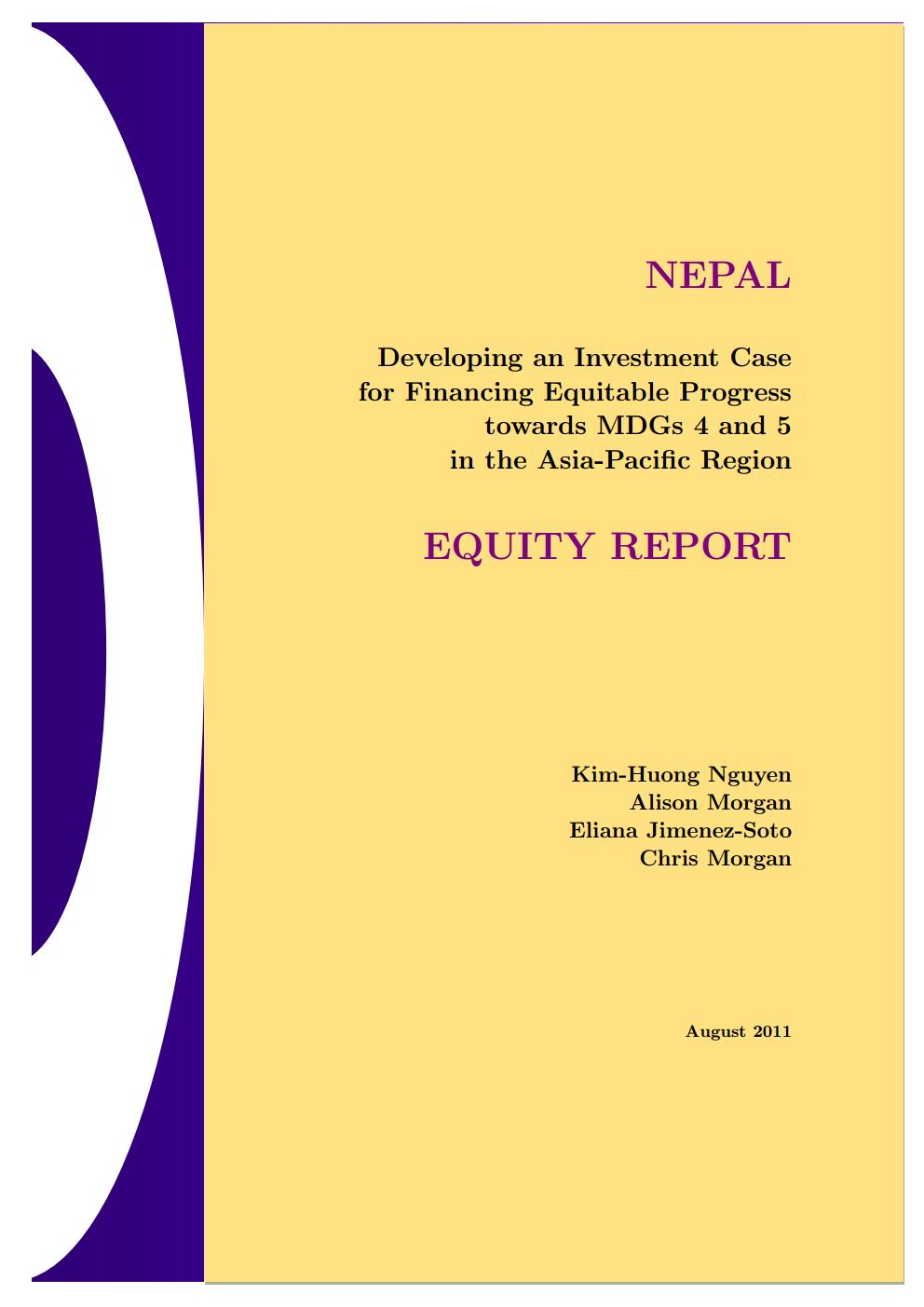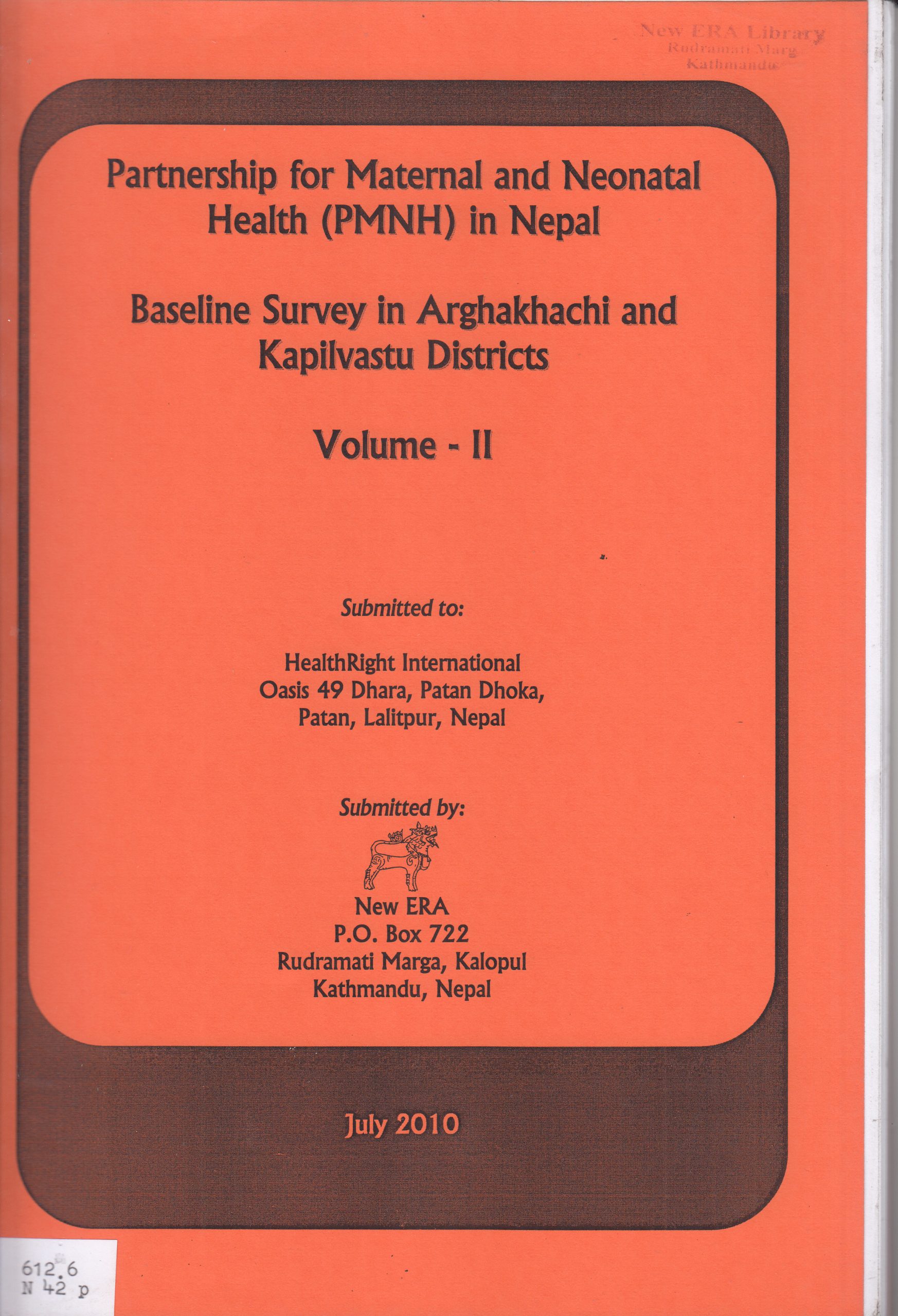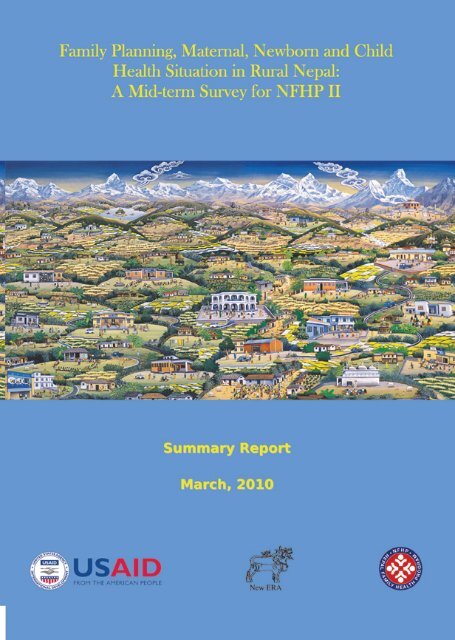This survey is the tenth in a series of national-level population and health surveys and the sixth comprehensive survey conducted as part of the Global Demographic and Health Surveys (GDHS) program. The objective of this survey is to collect data on fertility levels; contraceptive use; maternal and child health; childhood mortality; childhood immunization; breastfeeding and young child feeding practices; women’s dietary diversity; violence against women; nutritional status of women and children; awareness regarding HIV/AIDS and sexually-transmitted infections; tobacco use; disability; mental health; accident and injury; fistula, and other indicators relevant for the Sustainable Development Goals.
Report Type: Reproductive Health
Chlorhexidine Coverage and Compliance Survey 2017
The Chlorhexidine “Navi” Care, a USAID funded program was implemented by JSI in conjunction of Ministry of Health with goal to reduce neonatal sepsis and newborn deaths in Nepal. This survey was conducted to determine the level of knowledge, receipt, and use of Chlorhexidine among recently delivered women (RDW) age of 15-49 years in Nepal. The study assesses the knowledge of correct procedure, purpose of applying and use of CHX on umbilical cord of newborns.
Barriers to Family Planning Use in Eastern Nepal: Results from a Mixed Methods Study
This study is the follow-up of the 2016 Nepal Demographic and Health Survey (NDHS). The study was conducted to examine the barriers to family planning use among married women in Eastern Nepal. The study in-depth interview focused on family planning to the same respondents of the eastern Nepal those were interviewed in the main survey 2016 NDHS. The study assesses family planning use, fertility preference, and perceived barriers to family planning.
Further Analysis of 2016 Nepal Demographic and Health Survey
This further analysis study of 2016 NDHS was implemented New ERA under the aegis of Ministry of Health and Population of Nepal with financial support of USAID and technical assistance was provided by ICF International. The primary objective of this study was to provide more in-depth knowledge and insights into key issues that emerged from the 2016 NDHS. The information of this further analysis provides guidance for planning implementing, refocusing, monitoring and evaluating health programs in Nepal. The further analysis is published in different seven topics:
- Youth Health in Nepal: Levels, Trends, and Determinants (NDHS 2016 FA 116)
- Inequalities in Health Outcomes and Access to Services by Caste/Ethnicity, Province, and Wealth Quintile in Nepal (NDHS 2016 FA 117)
- Maternal Health Care in Nepal: Trends and Determinants (NDHS2016 FA118)
- Unmet Need for Family Planning and Fertility in Nepal: Levels, Trends, and Determinants (NDHS2016 FA119)
- Childhood Illness and Mortality in Nepal: Trends and Determinants (NDHS2016 FA120)
- Factors Affecting Vaccination Coverage and Retention of Vaccination Cards in Nepal (NDHS2016 FA121)
- Child Undernutrition and Feeding Practices in Nepal: Trends, Inequities, and Determinants (NDHS2016 FA122)
Further Analysis of 2015 Nepal Health Facility Survey
The primary objective of this study was to provide more in-depth knowledge and insights into key issues that emerged from the 2015 NHFS. The long-term objective of the further analysis is to strengthen the technical capacity of local institutions and individuals to analyze and utilize data from complex national population and health surveys in order to understand specific issues related to country need and situations. The further analysis is published in different four topics: (i) Quality of Care and Client Satisfaction with Maternal Health Services in Nepal (FA112), (ii) Quality of Family Planning Services Delivery and Family Planning Client Satisfaction at Health Facilities in Nepal (FA113), (iii) Client Satisfaction and Quality of Curative Services for Sick Children in Nepal (FA114), and (iv) Health Services Availability and Readiness in Seven Provinces of Nepal (FA115) .
Endline Health Facility Readiness Survey 2018
Readiness of health facilities to provide quality health services to their clients is one of the key indicators of strengthened health system. The purpose of this survey was to assess the readiness of the districts hospitals and peripheral health facilities in H4L’s program districts. The study assesses current readiness of peripheral HFs with regard to availability of services and staff; basic equipment; standard precautionary practices laboratory services; drugs and other commodities. The study also examined the functionality of management committees; health governance, accountability; satisfaction of clients with FP/MCH services they received; and analyzed the performance gaps in providing health services from the health facilities.
Results from Assessing Birthing Centers in Nepal
Ministry of Health and Population (MoHP) has established a number of birthing centers aiming to reduce maternal and neonatal mortality in the country to fulfill MGD no 5 requirement. This study was designed to provide national level results on Quality of Care provided at the Birthing Centers (BCs) that are established within the Primary Health Care Centers (PHCC), Health Posts (HP) and Sub-Health Posts (SHP) of the study districts. The study has provided estimates on compliance with globally accepted standards for clinical practice in Antenatal Care (ANC), Labor and Delivery. The study assesses health provider knowledge, facility readiness to provide care with respect to infrastructure, supplies and medications, and to guide programmatic and policy focus to improve maternal and newborn health.
Nepal – Developing an Investment Case for Financing Equitable Progress towards MDG 4 and 5 in the Asia Region
This study on Maternal and Child Health (MNCH) Investment Cases in India, Nepal, Indonesia, the Philippines and Papua New Guinea, Asia was funded by the Bill and Melinda Gates Foundation and AusAID. The study has been undertaken by a consortium of the newly established AusAID Knowledge Hubs in close collaboration with UNICEF and New ERA. The study was to determine the current burden of MNCH mortality, identified the “bestbuy range of interventions”, and reviews equitable progress towards MDGs 4 and 5, and documented allocation of financial resources to MNCH. Furthermore, this study also described the health system constraints and bottlenecks hampering the scaling-up of the “best-buy range of interventions” and estimated alternative scenarios of additional funding. The study produces Data Mapping report and Equity Report.
Partnership for Maternal and Neonatal Health in Nepal: Baseline Survey in Arghakhanchi and Kapilvastu Districts
Partnership for Maternal and Neonatal Health Project was implemented in Arghakhanchi and Kapilvastu district with the goal to contribute the reduction of neonatal and maternal morbidity and mortality in the project site by increasing and sustaining utilization and quality of community and facility based Maternal and Neonatal Care (MNC). This study was conducted to establish the baseline values of target indicators to estimate the current levels of MNC knowledge, practice, coverage and quality indicators to guide in developing the detail implementation plan for the project.
Family Planning, Maternal, Newborn and Child Health Situation in Rural Nepal: Mid-term Survey of NFHP II
This mid-term survey of Nepal Family Health Program (NFHP) Phase II was envisaged to monitor the progress in the NFHP’s impact and outcome indicators. The study was conducted in 20 NFHP supported districts and 20 control districts, which allowed for assessment of project impact. Baseline information as derived from the 2006 Nepal Demographic and Health Survey was taken into account to enable monitor changes. The current study, therefore, was conducted in 111 clusters overlapping with the 2006 NDHS clusters.



